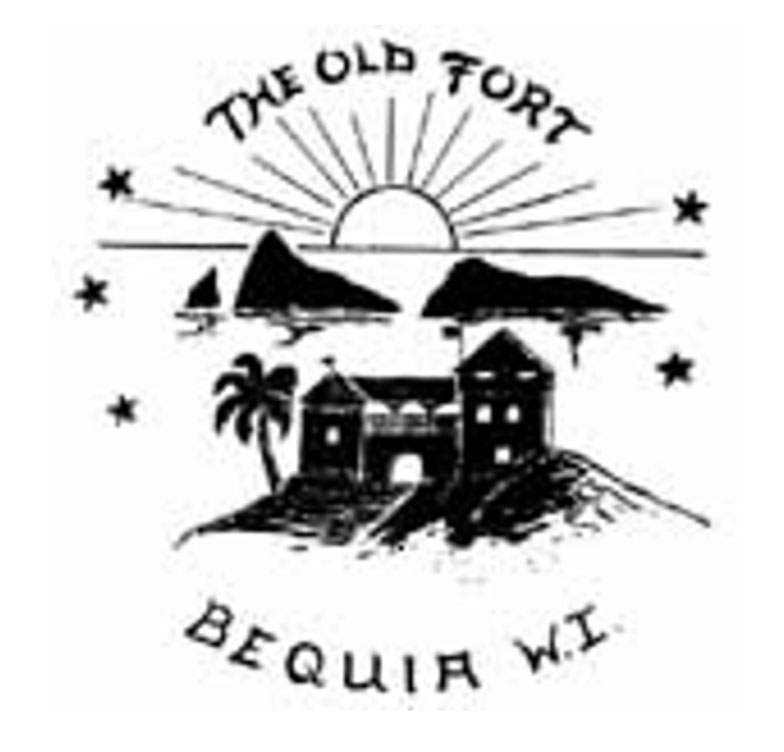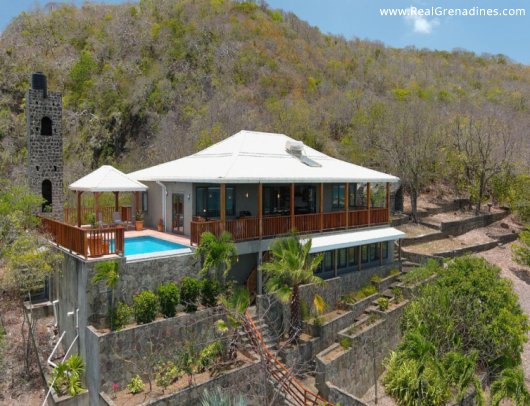Country Overview
The Grenadines don’t shout about themselves; however, a visit will say it all!
A Few Facts about St Vincent & the Grenadines
Location - St. Vincent and the Grenadines (SVG) are located approximately 13°15 N, 61° 12 W, forming part of the Windward Islands in the Southern Caribbean. The country’s closest neighbours are Grenada, 120 km (75 miles) to the South, St. Lucia 40 km (24 miles) to the North and Barbados 160 km (100 miles) to the East. The main island is St Vincent, with The Grenadines consisting of a string of smaller islands extending just over 70 km (45 miles) to the South-West. From North to South, the major islands are Bequia, Mustique, Canouan, Mayreau, Union Island, Palm Island, and Petit St. Vincent.
Government - St. Vincent and the Grenadines is a parliamentary democracy within the Commonwealth of Nations. Queen Elizabeth II is the head of state and is represented on the island by a Governor General, an office with mostly ceremonial functions. Control of the government rests with the Prime Minister and the Cabinet.
Geography - St. Vincent is roughly 29 km (18 miles) long and 17.7 km (11 miles) wide and has an area of 344 sq. km (133 sq. miles). The island is mountainous, with an active volcano, La Soufriere, in the North rising to (1,220 m / 4,000 ft.). The sheltered Leeward Coast is indented with many bays and beaches. The 30 or so much smaller islands that make up the Grenadines have a combined area of just 44 sq. km (17 square miles). Bequia is the largest and the closest to St. Vincent – with an area of about 18 sq. km (7 sq. miles) and rising to 268 m (881 ft.). Moving South-Westwards, Mustique is 5 sq. km (1.9 sq. miles) in area and rises to 151 m (496 ft.); Canouan is a little larger, 7.5 sq. km (3 sq. miles), and its highest point, Mount Royal, rises to 274 m (900 ft.); and similarly-sized Union Island’s peak, Mt. Parnassus, also rises to about 900ft.
Climate - The temperature varies little from season to season, averaging about 27° C (81° F). The cooler period is November to February. The rainy season extends, roughly, from May to October. St. Vincent has the most rainfall, with the annual average rainfall being 380 cm (150 inches) inland and 200 cm (80 inches) on the coast. The other islands are generally drier but still receive plenty of rain to keep them green.
Economy - Banana production remains important within SVG’s dominant agricultural economy. However, there is an expanding service sector, including a growing tourist industry and a significant “offshore” financial services sector. Recent growth has also been stimulated by strong activity in the construction sector. The manufacturing sector is relatively small at present. The GDP has been growing at an annual rate averaging around 4%.
Currency – Local currency is the East Caribbean Dollar (EC$). Transactions in US dollars, with which the EC$ is linked, are also generally acceptable and welcomed.
Why invest in the Grenadines?
New Opportunities - Unlike much of the Caribbean, SVG’s tourism industry is newly developing. At the same time, real estate opportunities here, including second home ownership, are really just starting to feature in the consciousness of overseas investors.
Wonderful Environment - A visit to St. Vincent & The Grenadines is captivating. This is a place for discerning investors who appreciate the value that quality and sustainability can yield. To avoid “killing the goose that lays the golden eggs” a sensitive approach to development is needed, seeking to work within the country’s wonderful environment, to support local inhabitants and to sustain a healthy local economy.
Low Taxes – SVG’s tax regime is designed to attract overseas investors and visitors. There is no Capital Gains or Inheritance Tax payable. Although VAT is generally payable at 15%, there is a reduced rate of 10% for hotel accommodation. A helpful source of information about the tax regime in SVG is LowTax.net.
For a developer, despite the generally favourable tax regime, there are still some challenging complications to be addressed. For example, tax rates on the importation of goods, including building materials, can be very high, which could seriously undermine the viability of major projects. The secret is to convince the key decision-makers of the benefits each development will bring about and to negotiate workable tax concessions. This requires experience and creativity, both of which we can provide by working with our network of professionals in the Caribbean.
Foreign citizens wishing to purchase land in SVG need to obtain an Alien Landholding Licence. This is not problematic, but the procedures are best entrusted to someone with proficient local knowledge. Again, Real Grenadines can help you find your way through it all!












